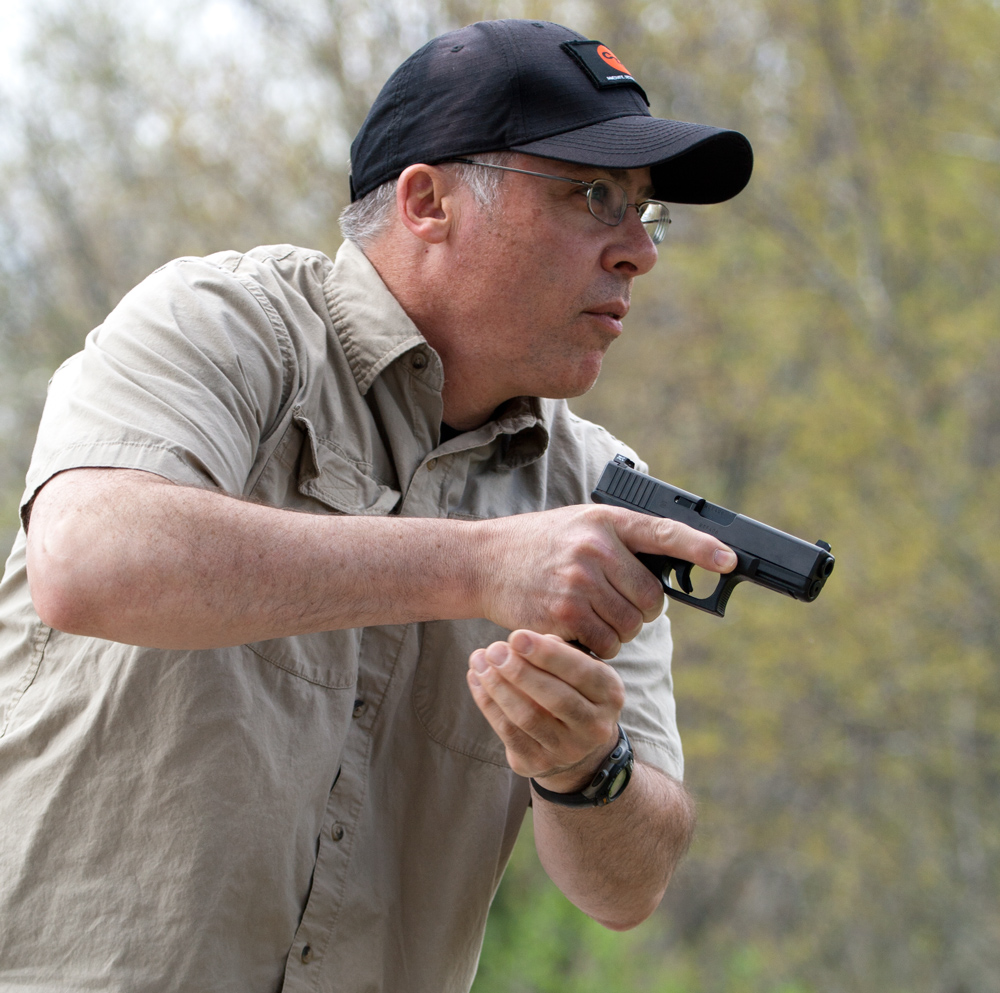At GunDigest, we independently review products. However, we may earn a commission when you purchase through links on our site. Learn More
Concealed Carry Basics: Beware Sympathetic Muscle Response

In the stress of a gunfight, sympathetic muscle response can cause you to unintentionally fire your weapon. Here’s how to avoid it.
Firearms trainers are always warning you to keep your trigger finger “indexed” along the frame of the gun until you have something to shoot — that is, keep it out of the trigger guard.
There are many reasons for this but the dangers posed by sympathetic muscle response rank high on the list.
Sympathetic muscle response occurs when the muscles of the hand contract involuntarily to an environmental stimulus that causes the major muscle groups to contract. If you have your gun out in response to a threat this might happen if you tripped, or were startled, or had to duck a close strike with a weapon.
Under those circumstances, if your major muscle groups contracted and you had your trigger finger inside the trigger guard (and safety “off” if a semi-auto) or a revolver (no safety) there is a good chance you will fire the gun whether you intend to or not. The trigger finger pulls the trigger “in sympathy” with the other muscles that are contracting.
Remember, you are legally responsible for where every bullet ends up whether you intended to put it there or not.
In your shooting drills, always keep the trigger finger outside the trigger guard until you are ready to shoot. If confronted with a threat you should still keep your trigger finger indexed until you run out of de-escalation options.
Editor’s Note: Got a question for Joseph Terry about concealed carry not covered here? Log in and post your question in the comments below.
Joseph Terry Presents the ABC's of Concealed Carry
This book is perfect for you if:
- You need to develop a better understanding of the elements of concealed carry.
- You aim to broaden your grasp of the legal elements of CCW.
- You desire new and practical training drills to make your weapons handling more proficient.